By Tammy J. Bond, business coach and speaker at SuperZoo 2022
Do you find yourself running behind your employees, reminding them of their tasks each day? Perhaps you are like many pet retailers and grooming salon owners, and you spend more time managing the “not done” list rather than celebrating the “done” list of what your employees accomplish.
It seems that in today’s employee economy, business owners and managers alike are struggling to get efficient follow-through with their team members. They spend an inordinate amount of time and energy managing the proverbial to-do list for everyone else – and are ultimately disappointed with the outcome and exhausted chasing the results they need.
So why is that?
Why are so many managers and business owners chasing their tail and in the weeds of managing the day to day with their employees?
The default answer everyone jumps to nowadays is that “we didn’t make the right hire.” And while that may be the case, there is an easy solution for that one. Try on the Slow to Hire… Quick to Fire approach. Harsh? Not really. Not when you consider the ROI from all the hours you spend dealing with the employee issue all because you made a poor hiring decision. It happens. Acknowledge it and move on. Quickly.
For those that manage people, I caution you, do not sit too long on the merry-go-round of the story “we can’t find good employees and that’s why we have the problems we have.” That is an excuse for not fixing the internal operating system you have with your management, team, training and communication. Remember: What we focus on gets our attention and consumes our time. Are you focused on the problem or the solution?
That said, what about when we didn’t make a bad hire and instead have some bad habits? When we have employee issues with follow-through, timelines and staying on task, we have a breakdown somewhere in our training and the setting of expectations. We have established norms and allowances that are a direct result of the fact that we took our eye off the essential function of equipping our employees to perform their duties with ease, commitment and tenacity… all while having fun.
Now, when it comes to equipping your employees for the job you hired them to do, we want to approach it with a solid action plan. A simple (yet powerful) four-step plan. When executed by you, the leader, with precision and impeccable follow-through, everyone wins.
“Everyone wins when the leader gets better” – Craig Groeschel
It’s time to stop focusing on the challenge with hiring and start a plan to build up the people around you. It’s time to insert commitment to improve your people management each day. You can begin by using the following four steps to launch your plan for equipping and empowering your employees for excellence today.
4 Steps to Equip Your Employees for Excellence
Step 1: Give Clarity
One of the best ways to train a member of the team is to model the action or task, ask them to share with you what they saw or learned, ask what questions they have, answer their questions and then ask them why they think we do this task in this way.
No brainer, right?
And yet when we talk with employees to help unpack why things aren’t working day to day around the store or salon, we consistently hear that they are unclear of what their duties are day to day, shift to shift. We then learn that the training plan they went through was a lot of what I call “Point and Shoot” training. We point to the task and shoot out a lot of instructions and expect the receiver to be able to execute forthwith.
When we model the way and then pause to ask the employee what they saw and learned, we build confidence. In that moment, you helped them not just gain clarity, you gave them a voice for how and why we do what we do – that creates ownership. When our team members have personal ownership for their work, they thrive and everyone wins.
Step 2: Build Trust
Today’s employees are coming to you (more often than not) with a lot of baggage.
Things that have been learned and adopted from previous jobs and teachers before they even walked through your doors. Stories that they have read online or seen while scrolling on their phone that have set the tone for their attitude and trust level.
So, they may have a lot of unlearning to do when they get to you. That is why it is paramount to build trust with them right from the start. When we trust, we have hope. When we have hope, we see solutions and opportunities, which keep us moving forward and not stuck in the past.
Trust is a slippery slope for many. It often has to do with our own view of the world, especially when employees of the past have let us down. Or we have the old thinking that the new employee hasn’t been around long enough to be trusted with much.
Friend, that is more of a reflection of you than it is of your employees.
The best way to know if you can trust someone is to just trust them. Tell the employees what trust means to you and why you value it in your business. When we build trust by being clear with our wants/needs/expectations, giving others a voice for the why of the duties, allowing room for mistakes and even failure, we create a powerful connection. Ultimately, we equip our team to make decisions quickly.
Step 3: Model Consistency
Training your team is not a one and done event. Not if excellence is what you are striving for.
The pattern of consistent training that you put in place will make or break the results you are wanting. The same is true for the way you communicate with your employees and the way you equip the mangers or shift leaders to do the same. Daily communication on the needs of the day or tasks before us is essential. This fosters the consistency in the work outcomes that align to the goals and needs of the business.
For retail environments, I am a big proponent of a Shift Change Rally. That means the team member going off shift prepares the one coming on shift for what lays ahead.
Unfortunately, we get comfortable with leaving notes by the register or at the timeclock and no actual conversations take place – reading the note leaves a lot up to interpretation. Build in the extra 10 minutes for a transition conversation to happen so we are equipping those coming on the floor for success.
Those conversations are part of the ongoing training and setting of expectations while giving clarity that moves the needle on consistency. They equip our team for excellence.
Step 4: Follow Up
Creating regular check-in times with all staff, as a group and individually, is a tremendous way to take the temperature on how your team is really doing.
These can be planned conversations or spontaneous. It is your time to check in on how the employees see their ability to succeed in your work environment. It gives you the chance to invite and listen to feedback from your team. You get to make a plan with them on what adjustments may be needed for efficiency, and you get to acknowledge the contribution they make to the work, customers and even the four-legged varietals every day.
Here is another value add with following up in a cadence that supports clarity, trust and consistency for all – your employees all get the same attention and level setting of expectations.
Often our longer-standing employees duck under the radar of inefficiency. Worse, they will let things slide because they don’t think you are watching. Hence the need to go back to the list they didn’t complete – repeatedly. With you having regularly scheduled programing you are resetting and optimizing your employees.
Something to Consider:
We get regular updates for our phone, iPad and computer all the time. We don’t plan for them, but they come to us to improve or debug something we didn’t even know needed updating. It’s for the benefit of the operating system.
You can’t see it, but it keeps everything running smoothly – and so do regularly scheduled follow-up conversations with your team. They keep the lines of communication open and equip each person with tools they need to win at the work before them. So, if we expect excellence, then let’s be in the day-to-day work of modeling it.
Managing people is not everyone’s cup of tea, as they say. And more often than not it’s the need to implement a few basic steps to equip you as the manager and business owner for leading others that has the greatest impact.
Remember this – your consistency and commitment with any plan for change is key to the success of what you implement.
Equipping others with the tools for excellence starts with building up your own toolbox first. The four steps of this simple action plan will better you, and the people around you, when you follow it. When our team members have a commitment to one another, understand why they’re important, trust their voices will be heard, and that they are trusted to do their job with excellence, the follow-through is there.
 About Tammy J. Bond
About Tammy J. Bond
Tammy J. Bond is a consultant that gets results. Tammy is sought after to teach people how to move through the challenges of what they see and transform their circumstances into what they want. Tammy is passionate about cultivating excellence in others while disrupting their limiting beliefs on their way to greater performance.
Tammy’s Website: tammyjbond.com
Get a copy of Tammy’s book: Playing in the Sandbox
Connect with Tammy on LinkedIn and Facebook
Subscribe to the WPA365 Newsletter
Savvy pet retailers can stay up to date on the latest content for pet professionals by signing up for the WPA365 monthly newsletter. Find advice, industry updates and more — curated for your needs. Complete the form below to subscribe!

 About Tammy J. Bond
About Tammy J. Bond
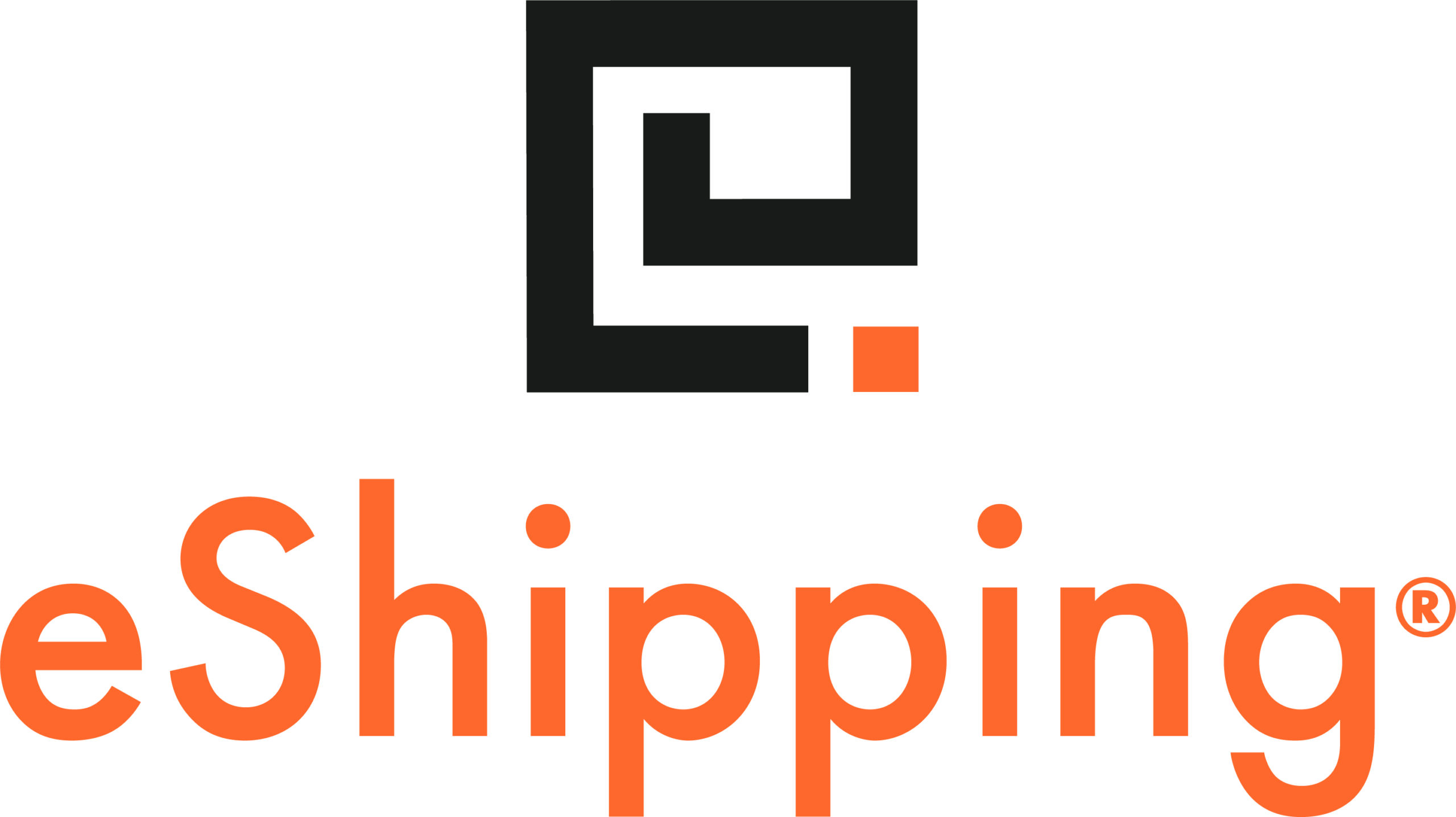

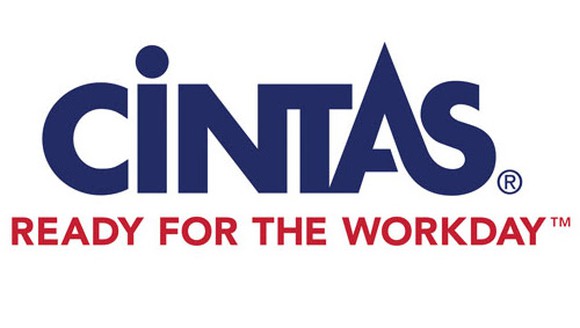



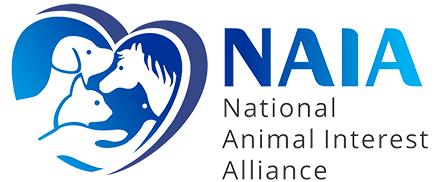






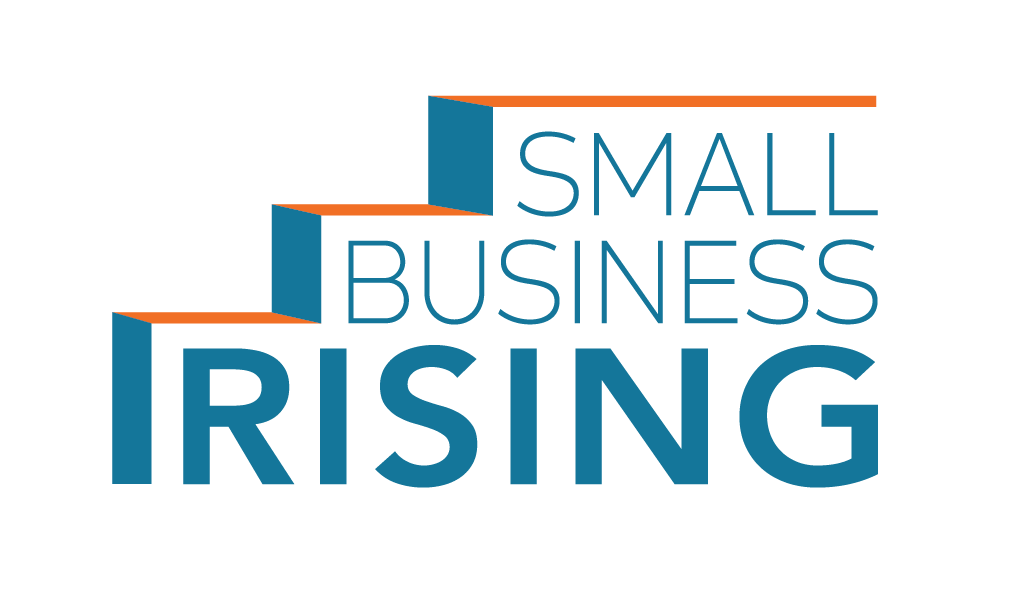


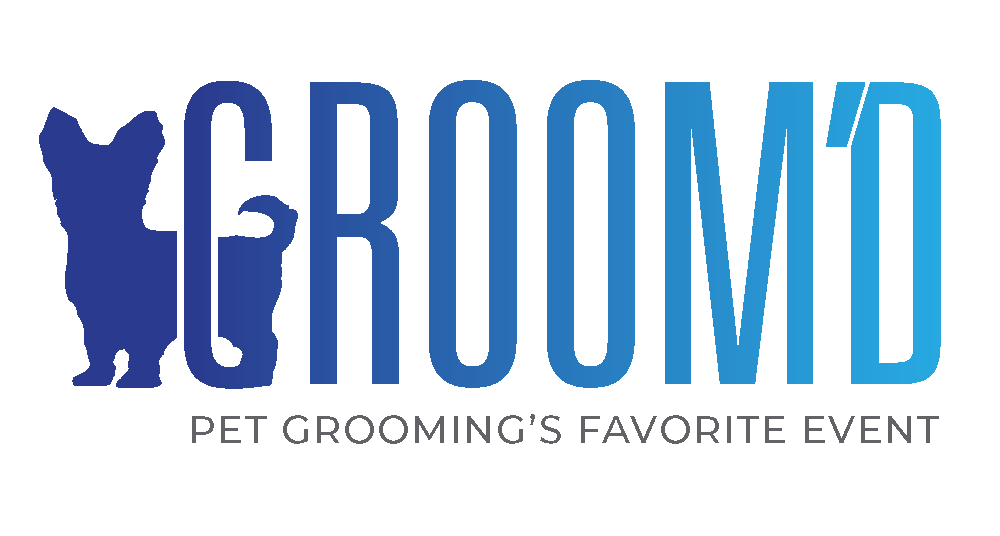



Facebook Comments